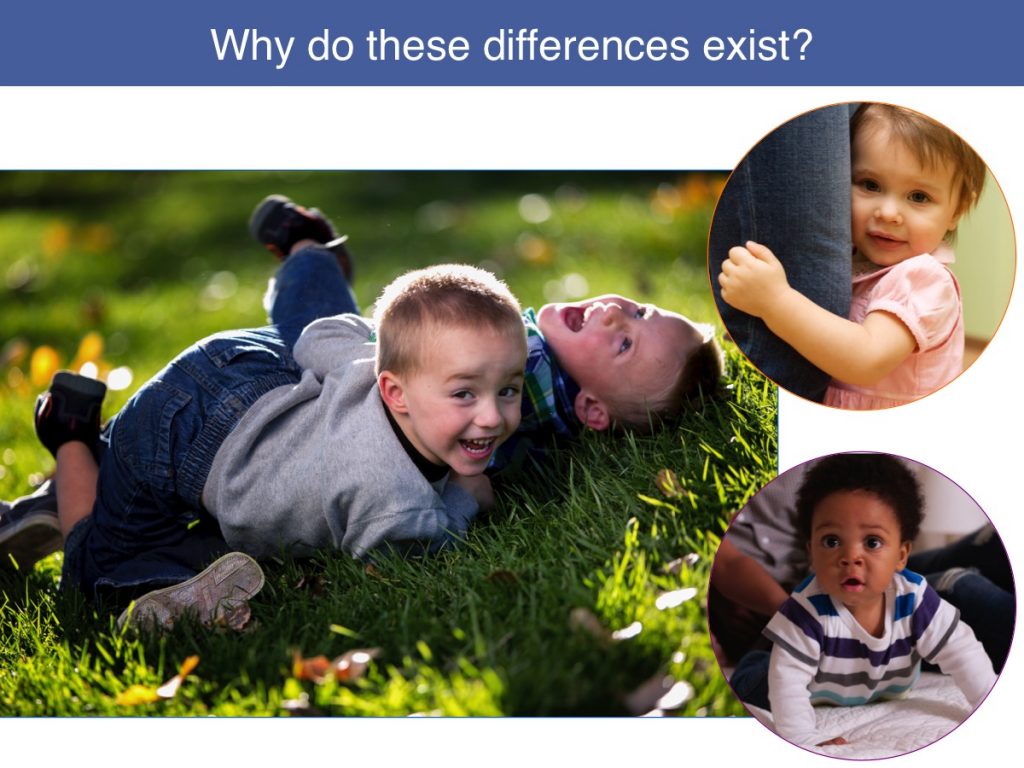
Some of it is due to biology. Researchers found that during their first year, boys tend to be more active than girls. Girls tend to be more fearful than boys. But as we’ve mentioned, environment and experience play a large role in our temperament. Temperaments often change to fit with other people’s expectations and values. A parent might discourage a child’s temperament to match her own idea of gender roles. For example, a parent might stop her daughter – but not her son – from engaging in rough-and-tumble play. How a parent responds to her child’s temperament can impact the child’s development.
-
- Anterior cingulate cortex
- part of the brain that helps control emotional impulses
- Dimension
- more or less of a behavior
- Goodness of fit
- occurs when your expectations are compatible with a child’s temperament
- Negative reactivity
- a tendency to react in a negative manner
- Positive reactivity
- a tendency to react in a positive manner
- Prefrontal cortex
- the decision-making area of the brain
- Self-regulation
- a child’s ability to concentrate, to manage emotions, and to control impulses
- Temperament
- how a person approaches the world